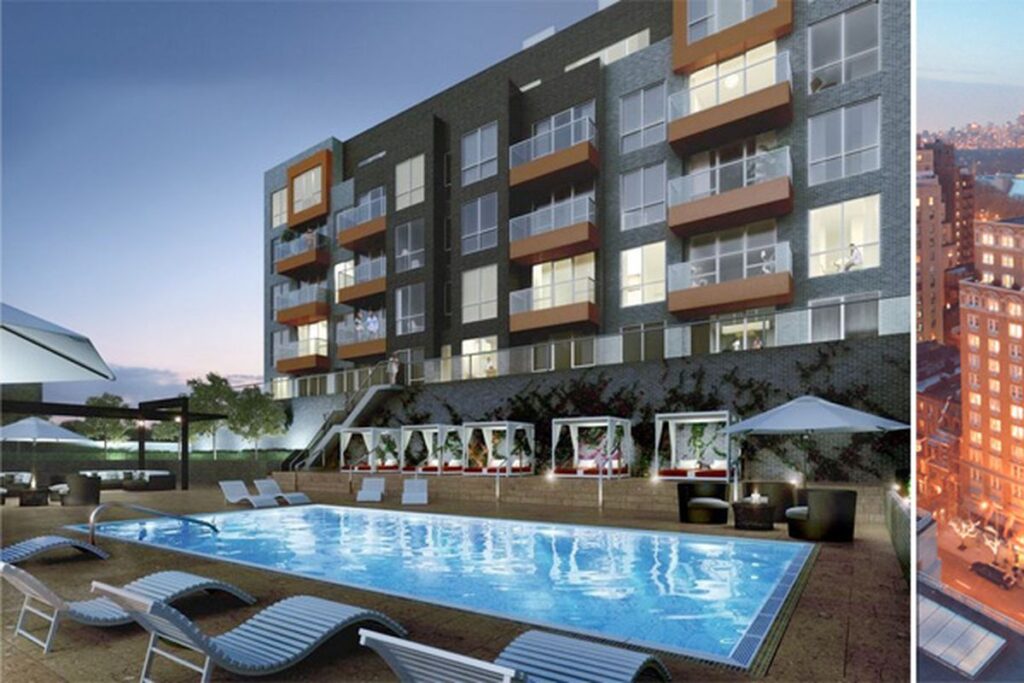Over the past decade, the landscape of apartment rentals has undergone a significant evolution, shifting from short-term stays to long-term leases in response to changing societal norms and economic factors. Initially driven by the rise of platforms like Airbnb and VRBO, short-term rentals offered unparalleled flexibility and a personalized experience for travelers. These accommodations appealed to a generation increasingly valuing experiences over possessions, where renting a cozy apartment for a weekend provided a more authentic glimpse into local life than a traditional hotel stay. However, this trend gradually encountered regulatory challenges and backlash from communities concerned about noise, safety, and the impact on local housing markets. Cities around the world began imposing restrictions and regulations on short-term rentals, often limiting the duration or outright banning them in residential areas. This shift prompted many property owners and investors to reconsider their strategies, pivoting towards more stable and long-term rental models. Simultaneously, the demand for long-term leases surged, fueled by demographic shifts such as millennials entering prime renting age and a growing preference for urban living.

Long-term leases offer tenants stability and predictability, allowing them to establish roots and build communities in their chosen neighborhoods. This preference is also reflected in the market dynamics, where landlords increasingly favor the steady income and reduced turnover associated with long-term tenants. The COVID-19 pandemic further accelerated these trends. As travel restrictions and health concerns limited tourism and 香港高级公寓长租 demand, property owners sought reliable income streams through long-term leases. Remote work became widespread, prompting individuals to prioritize larger living spaces and residential amenities over proximity to tourist attractions. This shift drove up demand for suburban and residential rental properties, challenging the dominance of urban-centric short-term rental markets. Moreover, the financial calculus for property owners has evolved. While short-term rentals may offer higher nightly rates, they often require more intensive management, higher turnover costs, and the risk of fluctuating occupancy rates. In contrast, long-term leases provide a stable rental income, reduced operational overhead, and fewer administrative burdens. This stability appeals to investors looking to mitigate risks and optimize their real estate portfolios over the long term.
As a result of these transformations, the apartment rental market has become more diversified and resilient. Property developers and managers are adapting by offering flexible leasing options that cater to both short-term and long-term needs. Hybrid models, such as extended stay apartments or flexible lease terms, have emerged to bridge the gap between these two segments, offering tenants the freedom to choose the duration of their stay according to their lifestyle and preferences. Looking ahead, the future of apartment rentals is likely to be shaped by a hybrid approach that balances flexibility with stability. Innovations in technology and changing consumer expectations will continue to drive this evolution, influencing how properties are managed, marketed, and leased. Whether for a weekend getaway or a long-term residence, the apartment rental industry remains poised to adapt and thrive in response to the dynamic needs of tenants and property owners alike.


